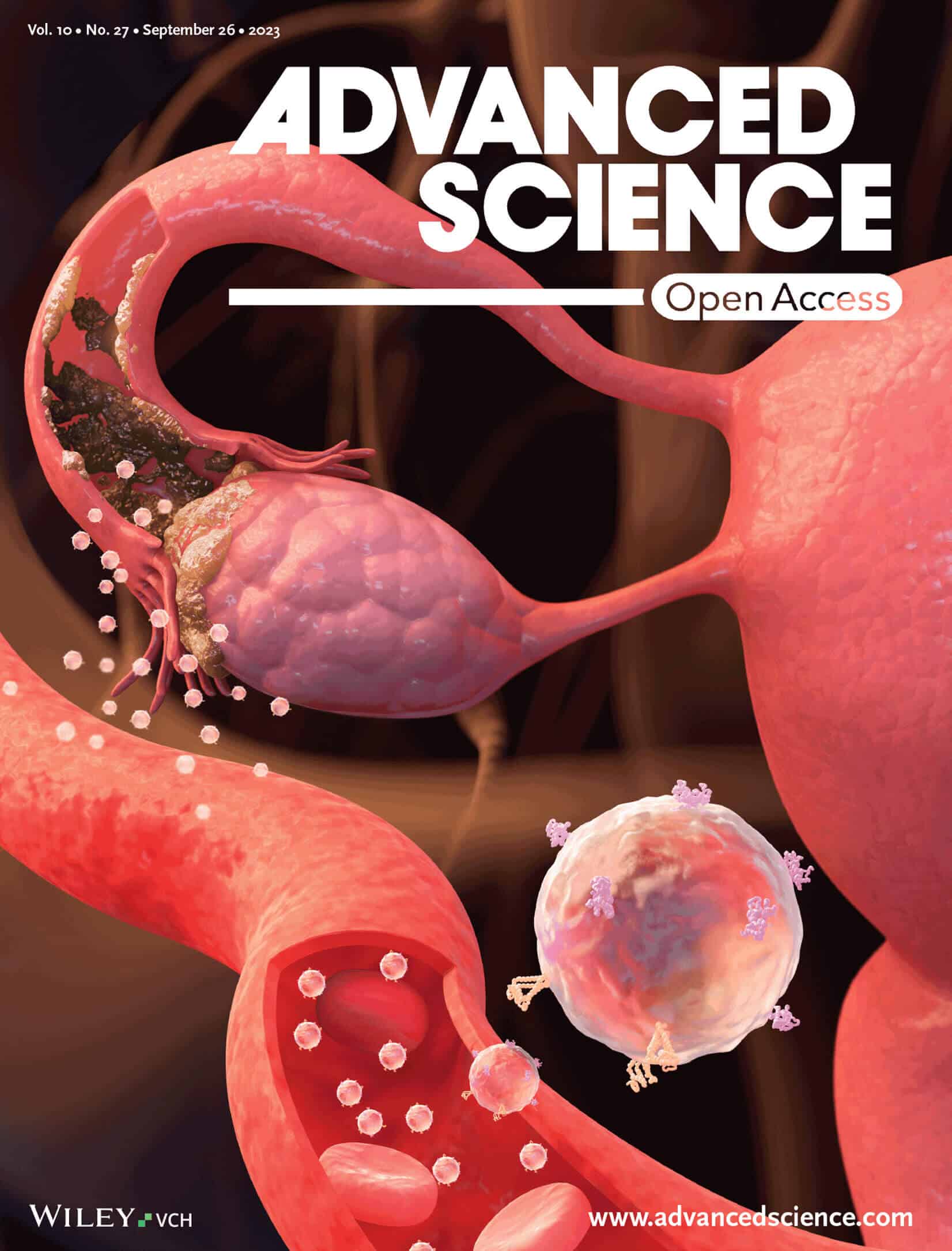Researchers from Ben Gurion University have developed an artificial intelligence model that predicts the embryo's chances of rooting, based on information from fetal siblings from the same treatment cycle

How much do your brother's traits reflect you? Well, the features of a fetal brother can indicate the potential success of IVF. Dr. Assaf Zaritsky's research group from Ben-Gurion University of the Negev is revolutionizing the field of in vitro fertilization (IVF) by developing an artificial intelligence model that predicts the embryo's chances of implantation, based on information from fetal siblings from the same treatment cycle. The study was published in the prestigious journal advanced science.
In IVF treatment, about ten sibling embryos are fertilized, from which only one or two embryos are selected for return to the uterus. The selection is made based on their quality - the rooting potential determined by visual characteristics such as the size and structure of the embryo. Despite the selection of high-quality embryos for retrieval, there is high uncertainty regarding the degree of success of the treatment. "When we started the research, we asked ourselves, is it possible to reduce the lack of acknowledgments by using the information that exists among the sibling embryos? After all, the brothers share genetic traits that may also be expressed in the potential for the success of the treatment", he shares Dr. Assaf Zaritsky From the Department of Software and Information Systems Engineering at Ben-Gurion University of the Negev. This idea led the Noam Zuckerman, with help fromOded Rotem, research students in Dr. Zaritsky's research group, in collaboration with the start-up company AIVF, to develop a model based on machine learning (AI), to predict the chances of success of IVF treatment, based on the visual features of the embryo that was returned to the uterus, together with the siblings that were not were returned.
The first test-tube baby was born more than 45 years ago, and the technique of in vitro fertilization earned its inventor the Nobel Prize for Medicine. And despite this, evaluating the degree of success of the treatment based on visual characteristics, has not changed substantially since the early days of the field. In recent years, the field has undergone a revolution, thanks to the use of AI-based methods that extract more objective information about the quality of the embryo and the chance of treatment success from microscopic images of the embryo and its development process.
By comparing the performance of AI models that used versus those that did not use the sibling embryo data, the researchers established the correctness of their hypothesis regarding the contribution of information from the siblings to the success of the prediction. The researchers demonstrated the principle in several different AI models, each of which is based on other features of the embryos such as visual characteristics from static images of embryos, data regarding how they develop, and the patient's age. These results suggest that the visual similarity between siblings can help to reduce uncertainty for a single fetus.
"We found in the research a way of thinking that answered the need to maximize the embryo's chances of rooting, based on significant data observed in the demonstration and therefore we decided to invest in and develop this important model. This model makes it possible to receive valuable information that will save time and stress for the women being treated. I see great value in that," she said Daniela Gilboa, CEO of AIVF.
"From a clinical point of view, there is an opportunity here to use the information on the sibling embryos that is routinely collected in the clinic and is currently not used, for the benefit of improving the prediction of the implantation potential of the returned embryo. Scientifically, we use the correlative information in the siblings to improve the (noisy) information in the fetus. From a computational point of view, we are showing here a new way to use untagged information," he said Dr. Zaritsky. "We were able to show that an improvement can be achieved at no additional cost by using the existing fetal data with direct implications for clinical transparency and improving the prediction of treatment success", he concluded.
The research group included: Noam Zuckerman, Oded Rotem, and Dr. Assaf Zaritsky from the Department of Software and Information Systems Engineering at Ben-Gurion University of the Negev, as well as Maya Zrafati-Shapiro, Ron Maor, Marcus Masger, Daniela Gilboa, and Prof. Daniel Sh. Seidman of AIVF.
This research was partially funded by the Data Science Center at Ben-Gurion University of the Negev.
More of the topic in Hayadan:
- How do we choose the healthiest embryo in IVF?
- Cloning brothers together
- In vitro testing of cancer in fetuses has been approved
- "Birth order effect" - environmental or biological?
- Space Communications canceled the contract for the production of Amos 8 in the USA, and with a high probability of transferring it to the aviation industry
